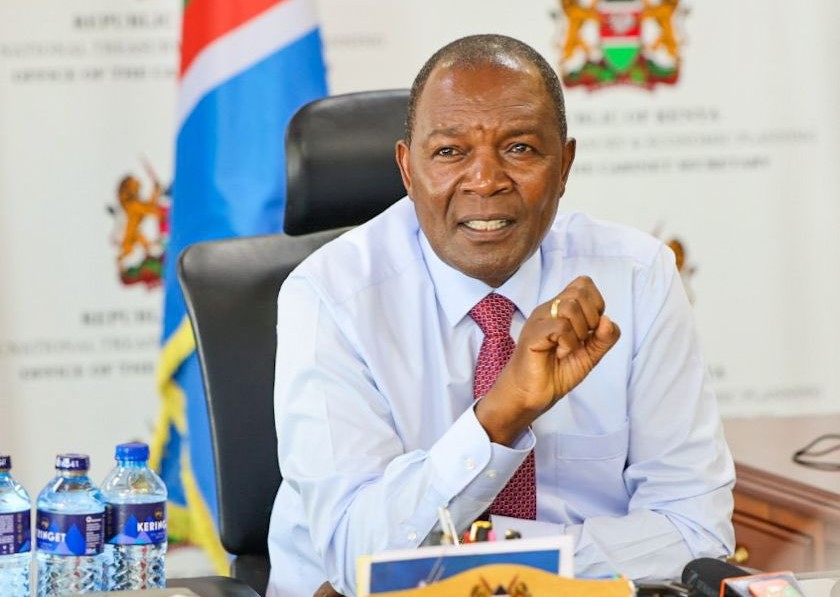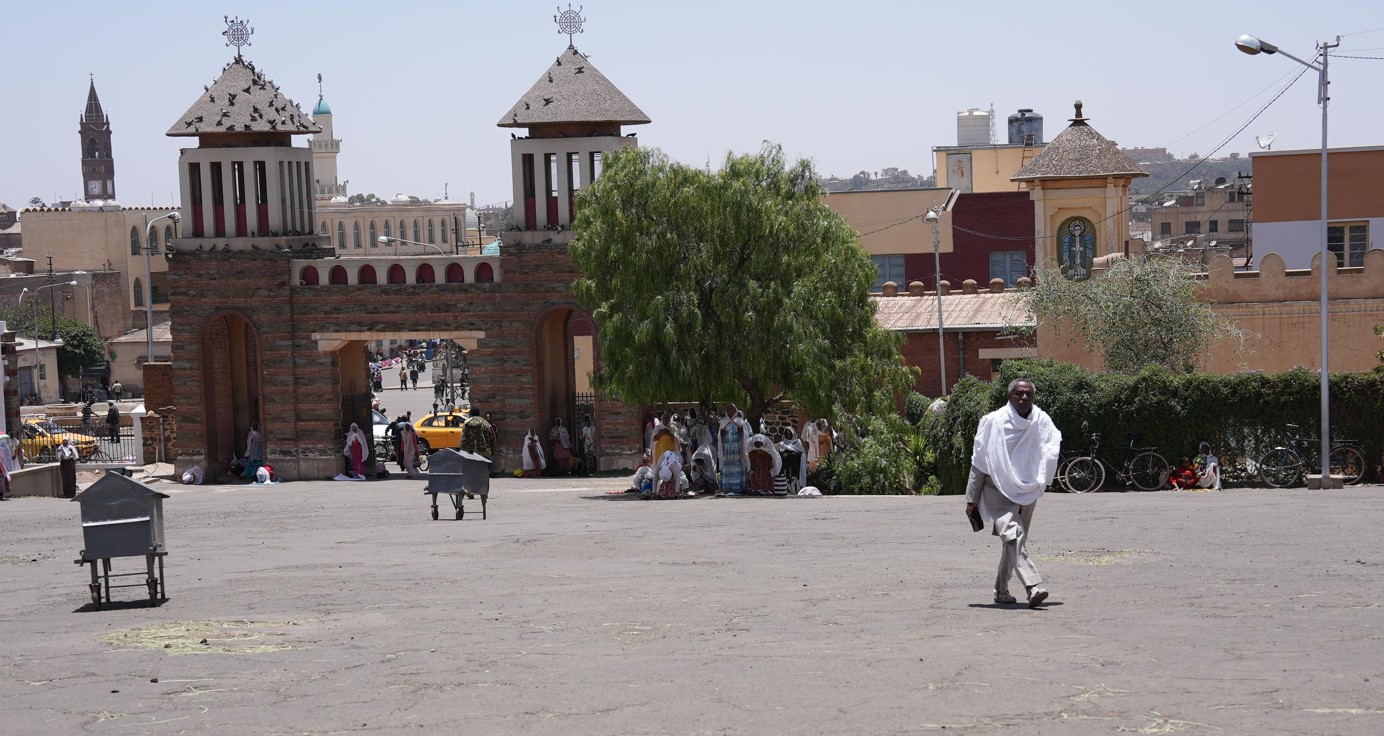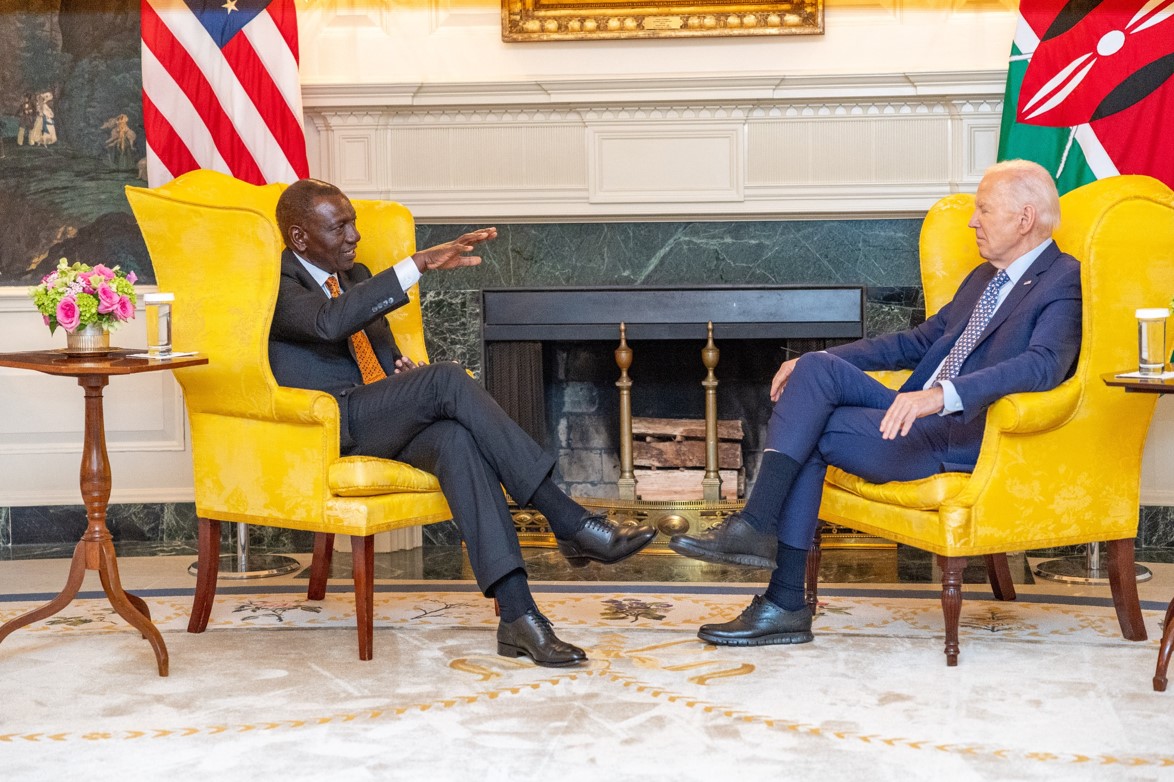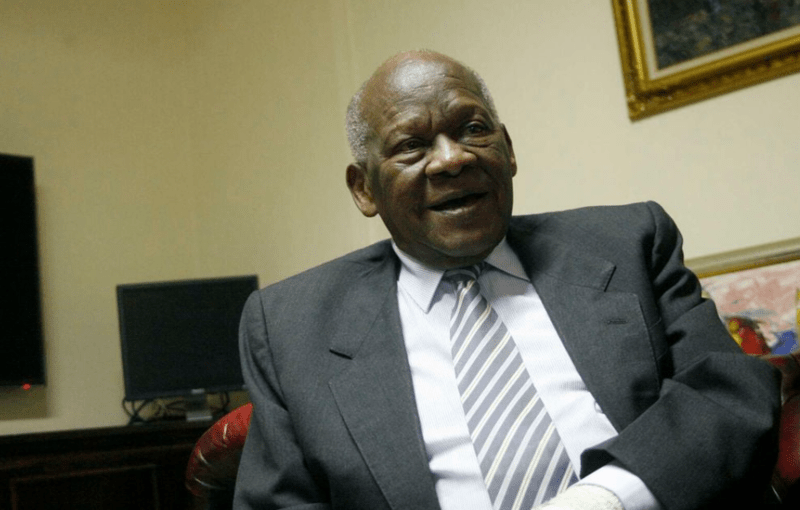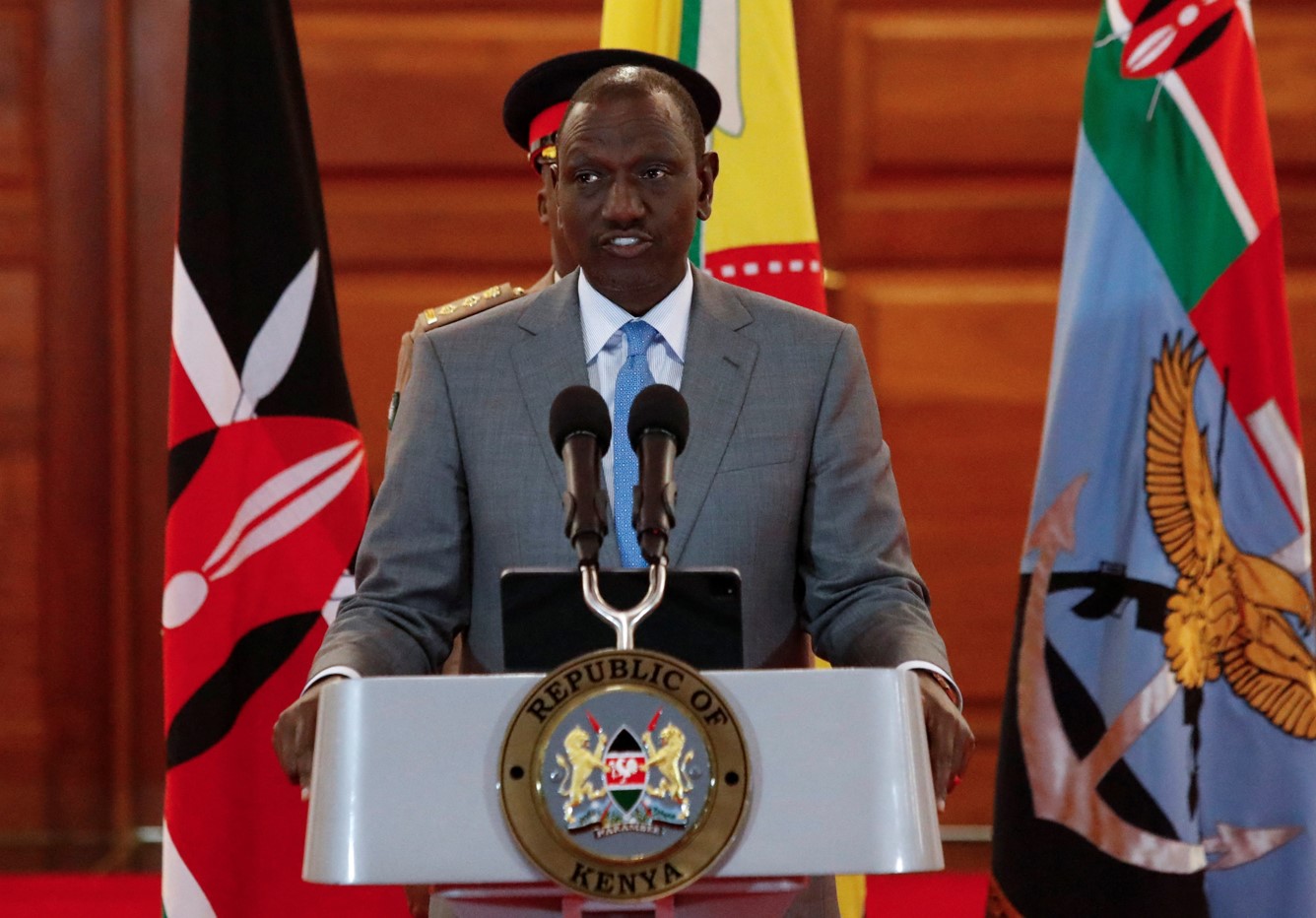African Union honours Tanzania's Julius Nyerere with statue, building name
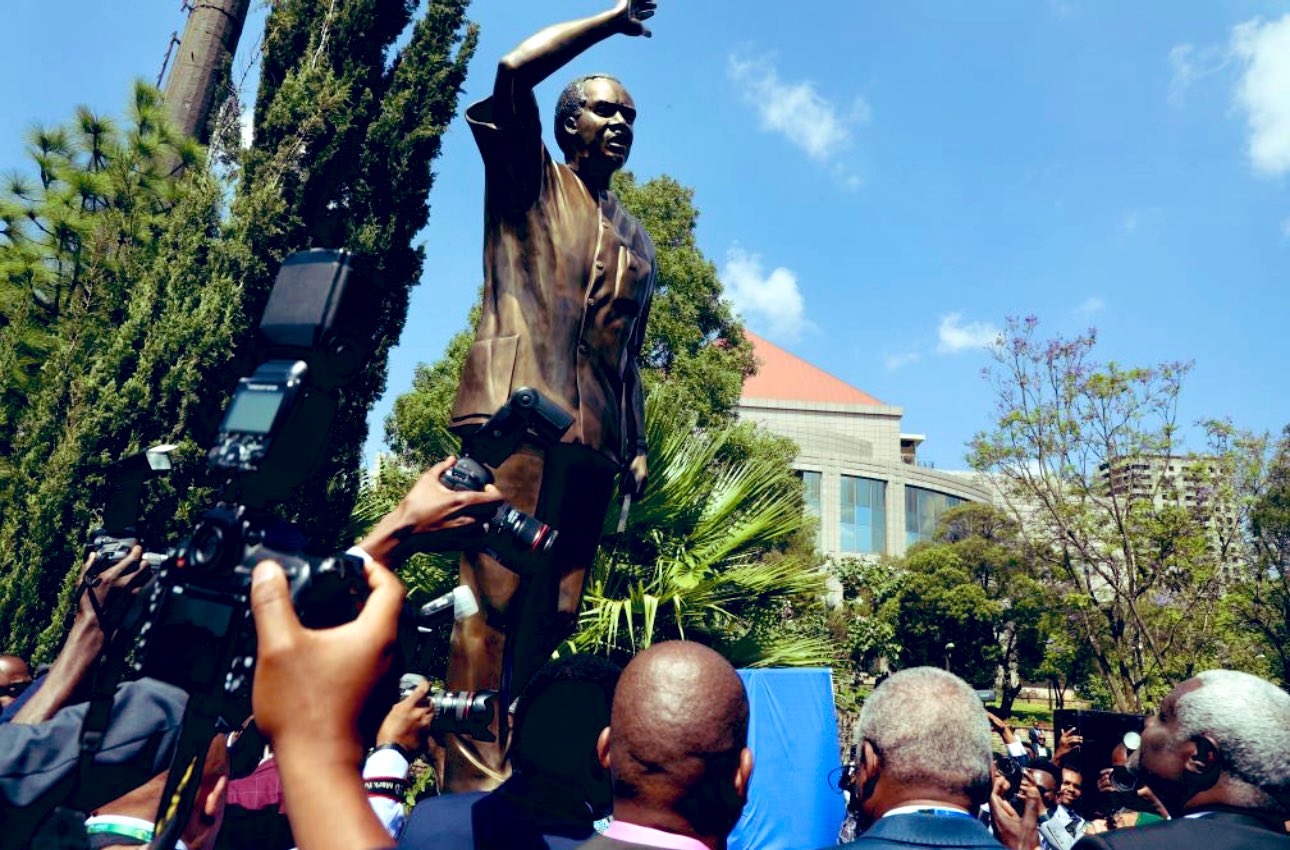
By Yunis Dekow |
Mahamat said Nyerere, a Tanzanian anti-colonial activist who was President from 1964 to 1985, left an indelible legacy.
Mwalimu Julius Nyerere, a revered figure in African history, was honoured Sunday with a statue and the renaming of the Political Affairs Peace and Security Building in Addis Ababa, Ethiopia.
The African Union (AU) bestowed this honour upon Nyerere at a ceremony led by AU Commission chair Mousa Faki Mahammat, who expressed profound pleasure in commemorating one of Africa's most iconic figures.
Keep reading
- Lobby urges AU to deploy civilian protection mission, probe rights violations in Sudan
- AU Peace and Security Council leaders to convene on Sudan crisis
- Finance Bill: African Union urges Kenya to respect protesters rights, release detainees
- Process to refine safety guidelines in informal food sector kicks off
Mahamat said Nyerere, a Tanzanian anti-colonial activist who was President from 1964 to 1985, left an indelible legacy and that his commitment to Pan-Africanism, profound wisdom, and dedicated service will always be of value to the continent.
He also noted Nyerere's pivotal role in establishing the Organization of African Unity (OAU) in 1963, describing it as a milestone in the pursuit of African unity.
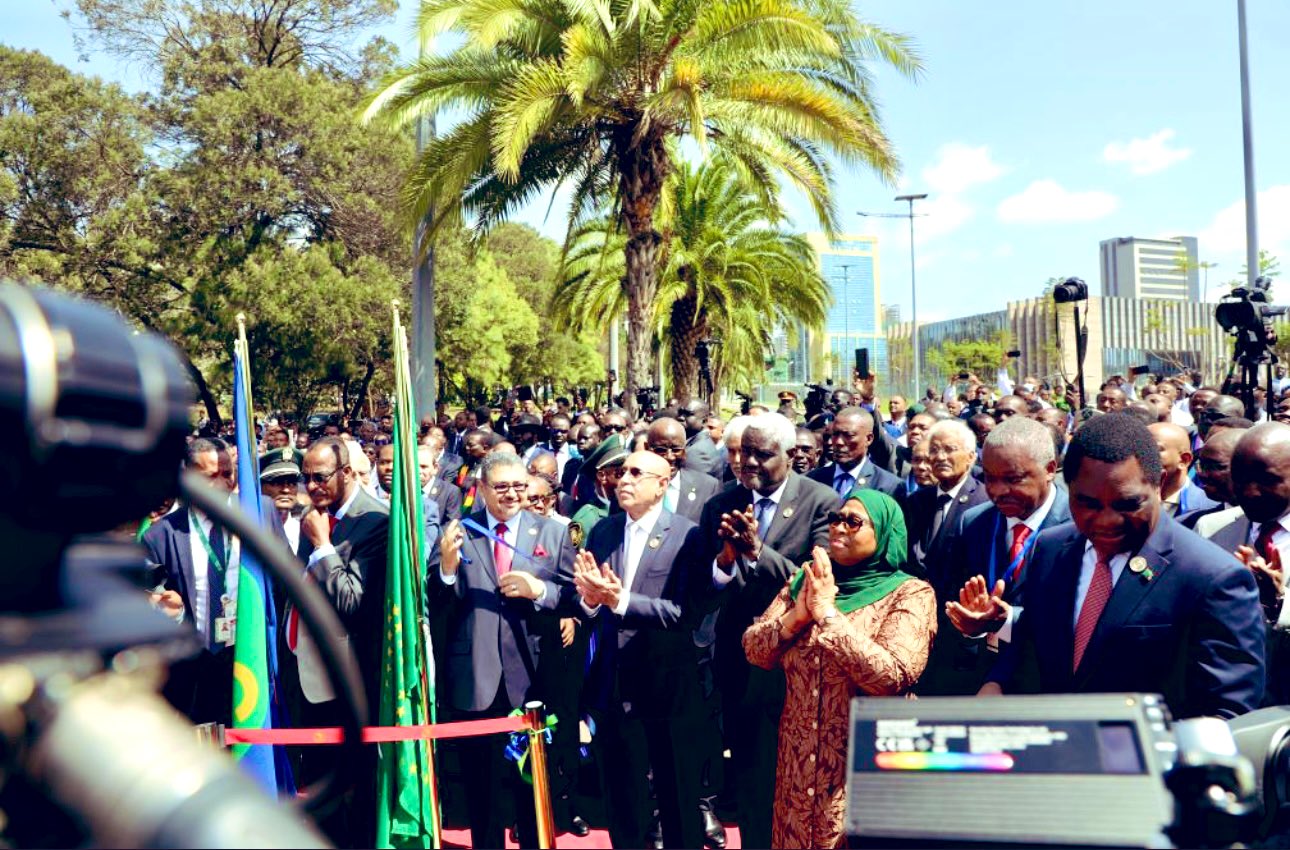 African leaders witness the unveiling of the statue of the late Julius Nyerere, a Tanzanian anti-colonial activist and former President, in front of the Political Affairs Peace and Security Building in Addis Ababa, Ethiopia, on February 18, 2024. (Photo: X/ African Union)
African leaders witness the unveiling of the statue of the late Julius Nyerere, a Tanzanian anti-colonial activist and former President, in front of the Political Affairs Peace and Security Building in Addis Ababa, Ethiopia, on February 18, 2024. (Photo: X/ African Union)
Nyerere's commitment to African unity transcended national boundaries, Mahamat said, further highlighting his unwavering support for freedom fighters in South Africa.
Under his leadership, Tanzania became a sanctuary for liberation movements, hosting the OAU Liberation Committee until the end of apartheid in South Africa in 1994.
"Dar es Salaam was not only a haven for African liberation movements but also for the Palestine Liberation Organization (PLO) and Latin American countries,” the AUC chair said.
Nyerere's role as a peacemaker in African conflicts, particularly the crisis in Burundi, was also emphasised. Mahamat praised him as a wise statesman who selflessly advised the AU.
"It is therefore befitting that we honour his memory today as we rename this building to the Julius Nyerere Political Affairs, Peace & Security Building,” he said.
"May the spirit of Mwalimu’s wisdom and humility guide the work of this building that he now stands on as its protector," he added, noting the statue symbolised unity, wisdom, and an unwavering commitment to peace and security on the continent.
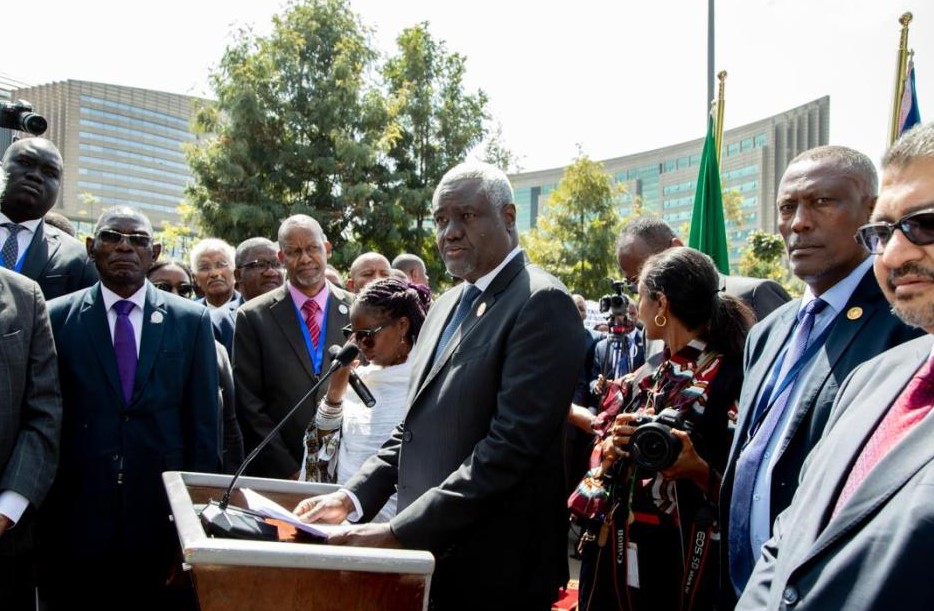 African Union Commission chair Moussa Faki Mahamat addresses leaders during the unveiling of the Julius Nyerere statue in from of the Political Affairs Peace and Security Building in Addis Ababa, Ethiopia, on February 18, 2024. (Photo: African Union)
African Union Commission chair Moussa Faki Mahamat addresses leaders during the unveiling of the Julius Nyerere statue in from of the Political Affairs Peace and Security Building in Addis Ababa, Ethiopia, on February 18, 2024. (Photo: African Union)
Nyerere was born on April 13, 1922 and died on October 14, 1999. Before becoming Tanzania's leader, he was the chief minister of Tanganyika (1960-1961), Prime Minister of Tanganyika (1961-1962), and President of the Republic of Tanganyika (1962-1964). The United Republic of Tanganyika and Zanzibar was renamed the United Republic of Tanzania on October 29, 1964.
Mahamat also paid tribute to Namibian President Hage Geingob, who succumbed to cancer on February 4, 2023, noting he initiated the proposal to honour Nyerere with the building's renaming.
Present at the ceremony were leaders who attended attended the two-day 37th Ordinary Session of the Assembly of the African Union, which ended on Sunday. They included Presidents Hakainde Hichilema (Zambia), Samia Suluhu Hassan (Tanzania), and Southern African Development Community (SADC) Executive Secretary Elias Magosi.


